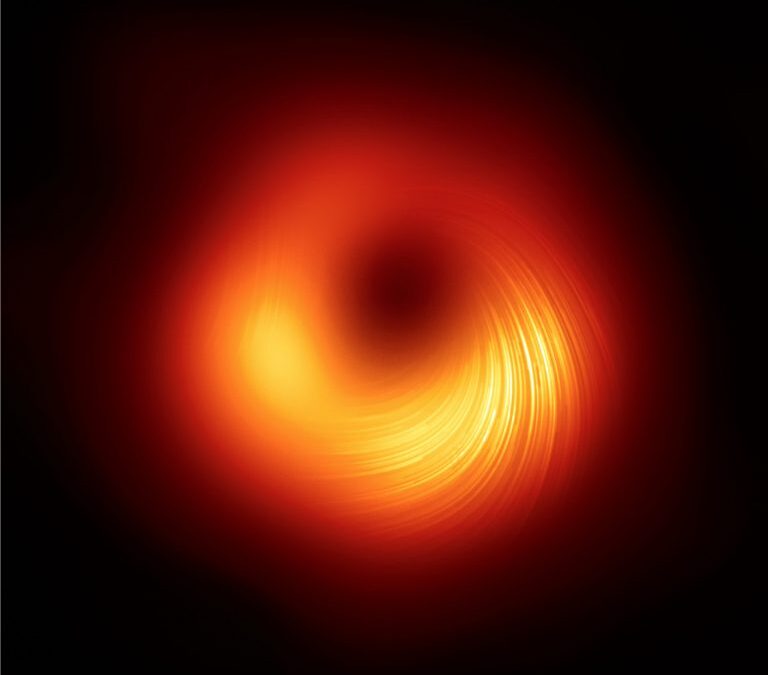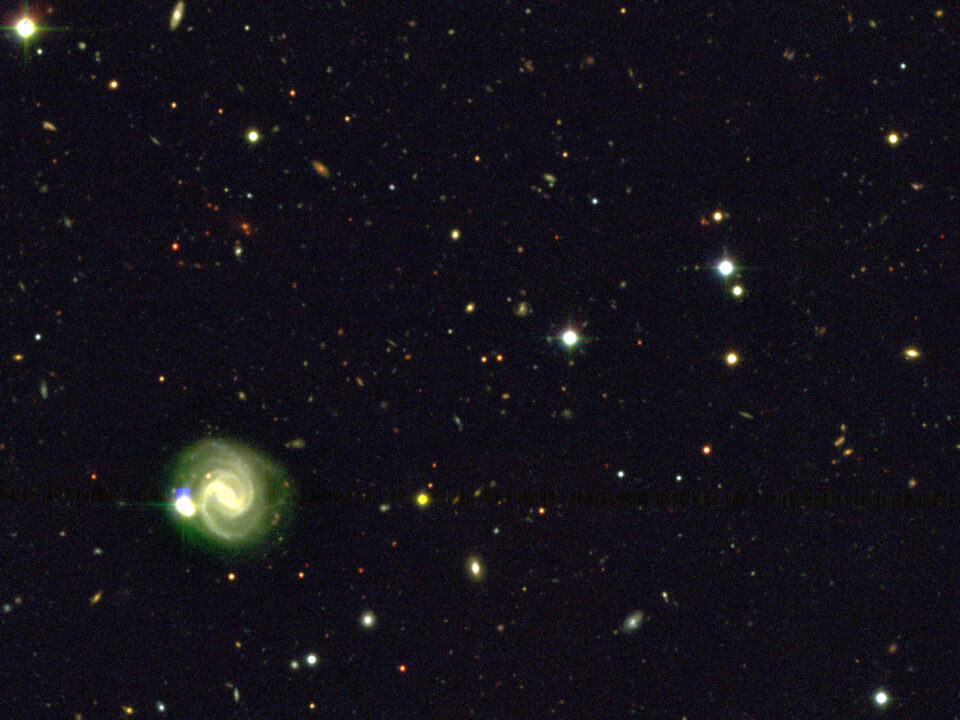New light on Pōwehi: Magnetic Fields at the Edge of M87’s Black Hole

A Glimpse at the Infant Universe
March 9, 2021
Subaru Telescope Observes a Comet Nucleus Covered in “Talcum Powder”
April 7, 2021A view of the M87 supermassive black hole in polarized light. The Event Horizon Telescope (EHT) collaboration, who produced the first ever image of a black hole released in 2019, has today a new view of the massive object Pōwehi at the centre of the Messier 87 (M87) galaxy: how it looks in polarized light. This is the first time astronomers have been able to measure polarization, a signature of magnetic fields, this close to the edge of a black hole.This image shows the polarized view of the black hole in M87. The lines mark the orientation of polarization, which is related to the magnetic field around the shadow of the black hole. Credit: EHT
Two Maunakea telescopes, the James Clerk Maxwell Telescope (JCMT), and the Submillimeter Array (SMA), have once again combined efforts with the global “Event Horizon Telescope” network to produce a view of Pōwehi, the Black Hole at the Center of the galaxy M87. The new results show the black hole in new light – specifically, polarized light. This enables astronomers, for the first time in history, to measure a signature of magnetic fields this close to the edge of a black hole. The observations are key to explaining how M87, which is known as an active galaxy and located about 55 million light-years away, launches matter at a fraction of the speed of light from its core.
Read more, in the Joint JCMT / SMA press release.




